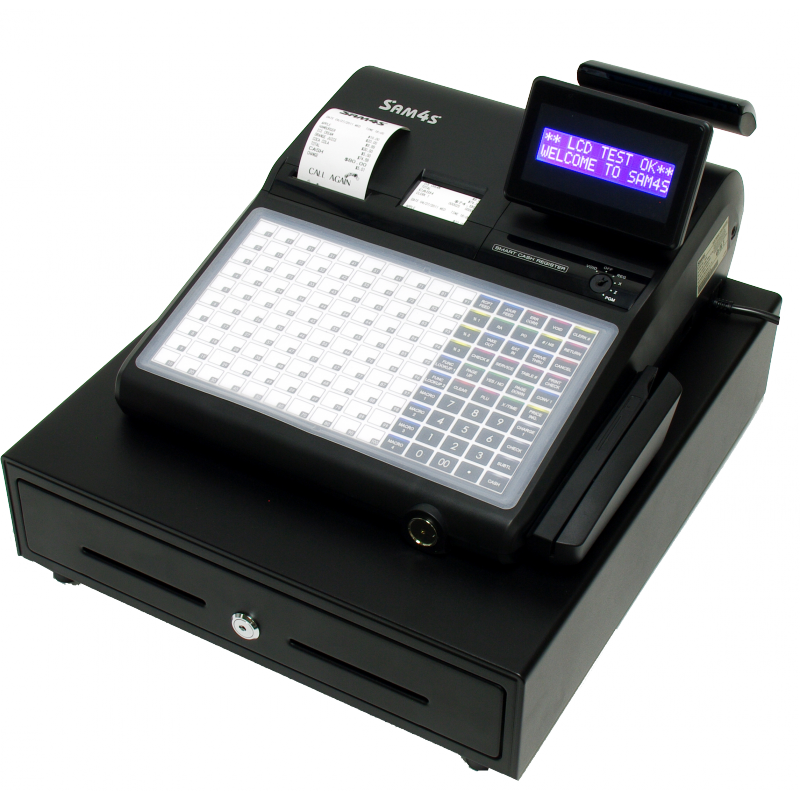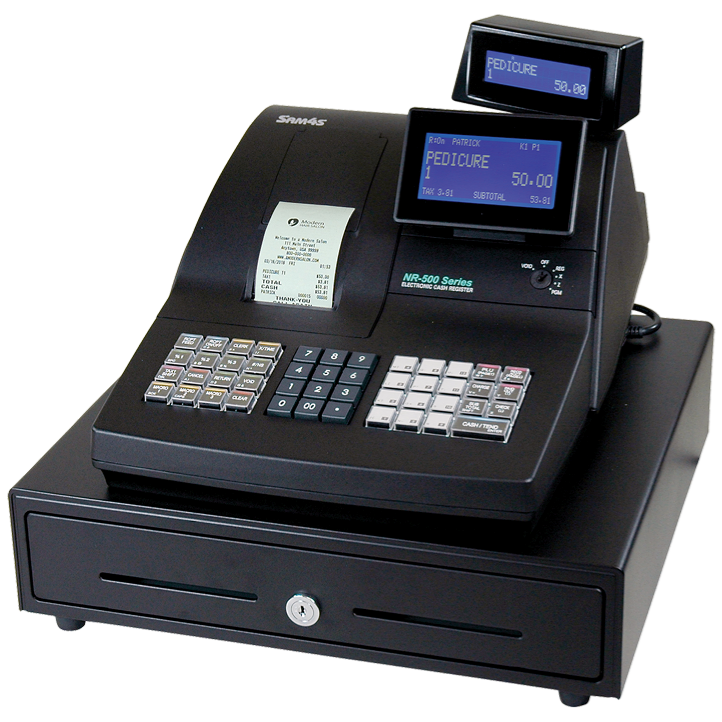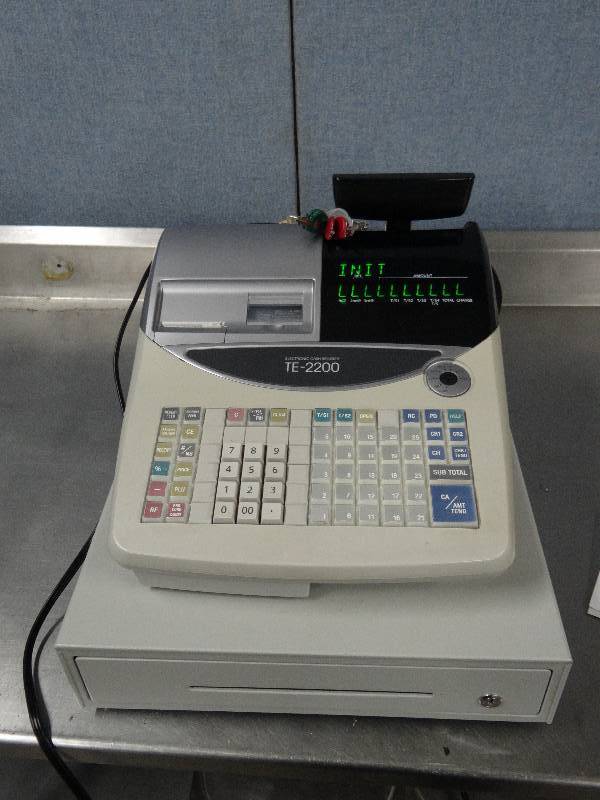
Cash register ykey password#
Some cash registers require a numeric password or physical key to be used when attempting to open the till.Ī cash register's drawer can only be opened by an instruction from the cash register except when using special keys, generally held by the owner and some employees (e.g.

Its function is to open the drawer, printing a receipt stating "No Sale" and recording in the register log that the register was opened.


Old Canadian general store shopping register model, City of Surrey Museum, British Columbia, CanadaĬash registers include a key labeled "No Sale", abbreviated "NS" on many modern electronic cash registers. Many businesses also use tablet computers as cash registers, utilizing the sale system as downloadable app-software. Such systems may be accessed remotely for the purpose of obtaining records or troubleshooting. They may be connected to computerized point of sale networks using any type of protocol. Many of the newer ones have touch screens.
Cash register ykey software#
They may be running traditionally in-house software or general purpose software such as DOS. These POS terminals will often also identify the cashier on the receipt, and carry additional information or offers.Ĭurrently, many cash registers are individual computers. Today, point of sale systems scan the barcode (usually EAN or UPC) for each item, retrieve the price from a database, calculate deductions for items on sale (or, in British retail terminology, "special offer", "multibuy" or " buy one, get one free"), calculate the sales tax or VAT, calculate differential rates for preferred customers, actualize inventory, time and date stamp the transaction, record the transaction in detail including each item purchased, record the method of payment, keep totals for each product or type of product sold as well as total sales for specified periods, and do other tasks as well. Cash registers use bitmap characters for printing. Increasingly, dedicated cash registers are being replaced with general purpose computers with POS software. Often cash registers are attached to scales, barcode scanners, checkstands, and debit card or credit card terminals. In some jurisdictions the law also requires customers to collect the receipt and keep it at least for a short while after leaving the shop, again to check that the shop records sales, so that it cannot evade sales taxes. Kettering designed a cash register with an electric motor.Ĭash register in a store in Severodvinsk, Russia, 2009 In 1906, while working at the National Cash Register company, inventor Charles F. The first evidence of an actual cash register was used in Coalton, Ohio, at the old mining company. It also prevents a customer from defrauding the business by falsely claiming receipt of a lesser amount of change or a transaction that never happened in the first place. The business owner could read the receipts to ensure that cashiers charged customers the correct amount for each transaction and did not embezzle the cash drawer. The original purpose of the receipt was enhanced fraud protection. Patterson, who renamed the company the National Cash Register Company and improved the cash register by adding a paper roll to record sales transactions, thereby creating the journal for internal bookkeeping purposes, and the receipt for external bookkeeping purposes. In 1884 Eckert sold the company to John H. Eckert of Cincinnati, a china and glassware salesman, who formed the National Manufacturing Company. Shortly after the patent, Ritty became overwhelmed with the responsibilities of running two businesses, so he sold all of his interests in the cash register business to Jacob H. National Cash Register expressly built for a merchant in Nové Město nad Metují, Austro-Hungary, 1904
Cash register ykey registration#
Since the registration is done with the process of returning change, according to Bill Bryson odd pricing came about because by charging odd amounts like 49 and 99 cents (or 45 and 95 cents when nickels are more used than pennies), the cashier very probably had to open the till for the penny change and thus announce the sale. Those original machines were nothing but simple adding machines. The employee was required to ring up every transaction on the register, and when the total key was pushed, the drawer opened and a bell would ring, alerting the manager to a sale taking place.

Įarly mechanical registers were entirely mechanical, without receipts. It was called Ritty's Incorruptible Cashier and it was invented to stop cashiers from pilfering and eliminate employee theft and embezzlement. With the help of James' brother John Ritty, they patented it in 1883. The Ritty Model I was invented in 1879 after seeing a tool that counted the revolutions of the propeller on a steamship. James was the owner of a saloon in Dayton, Ohio, US, and wanted to stop employees from pilfering his profits. An early mechanical cash register was invented by James Ritty and John Birch following the American Civil War.


 0 kommentar(er)
0 kommentar(er)
